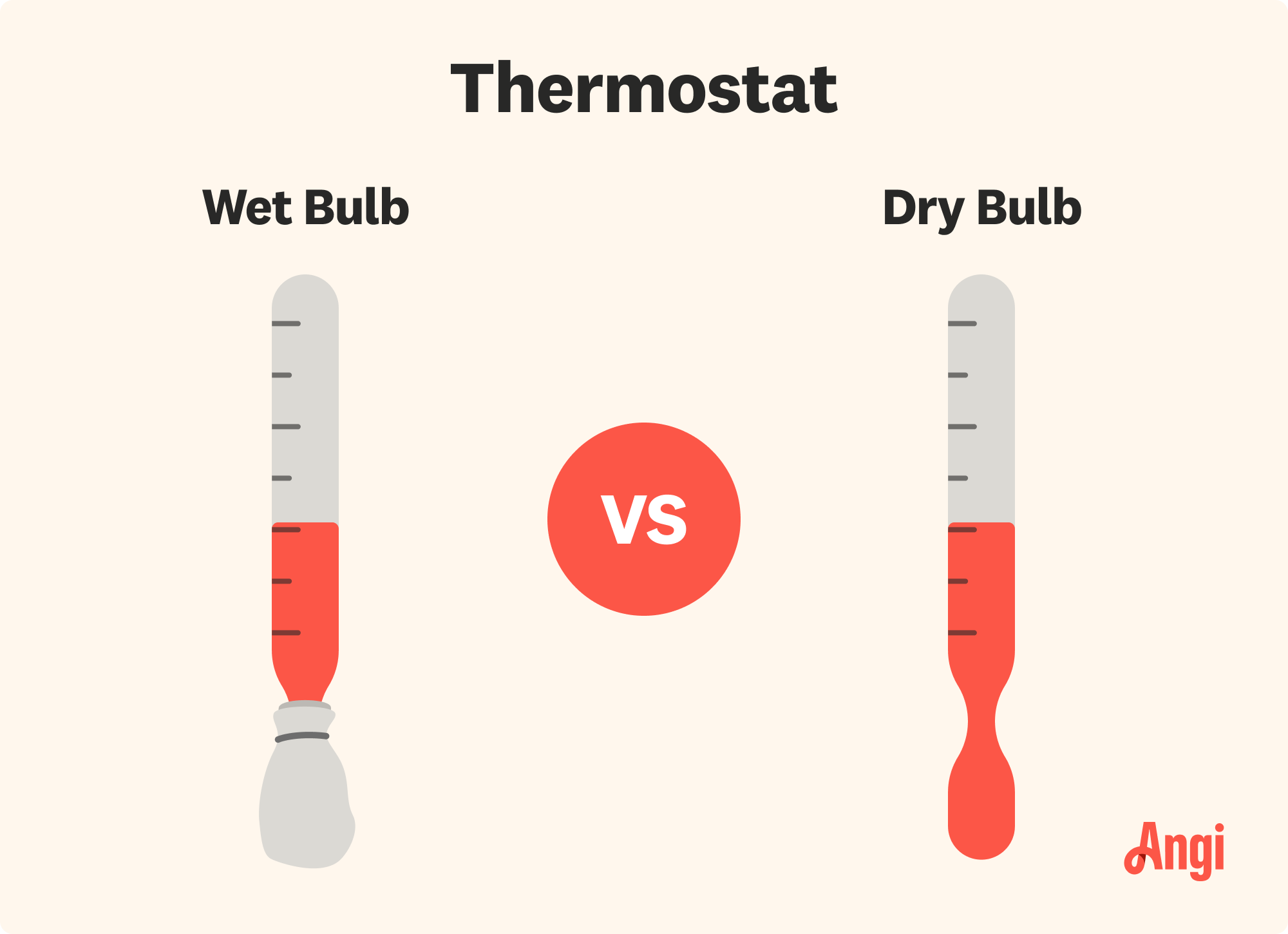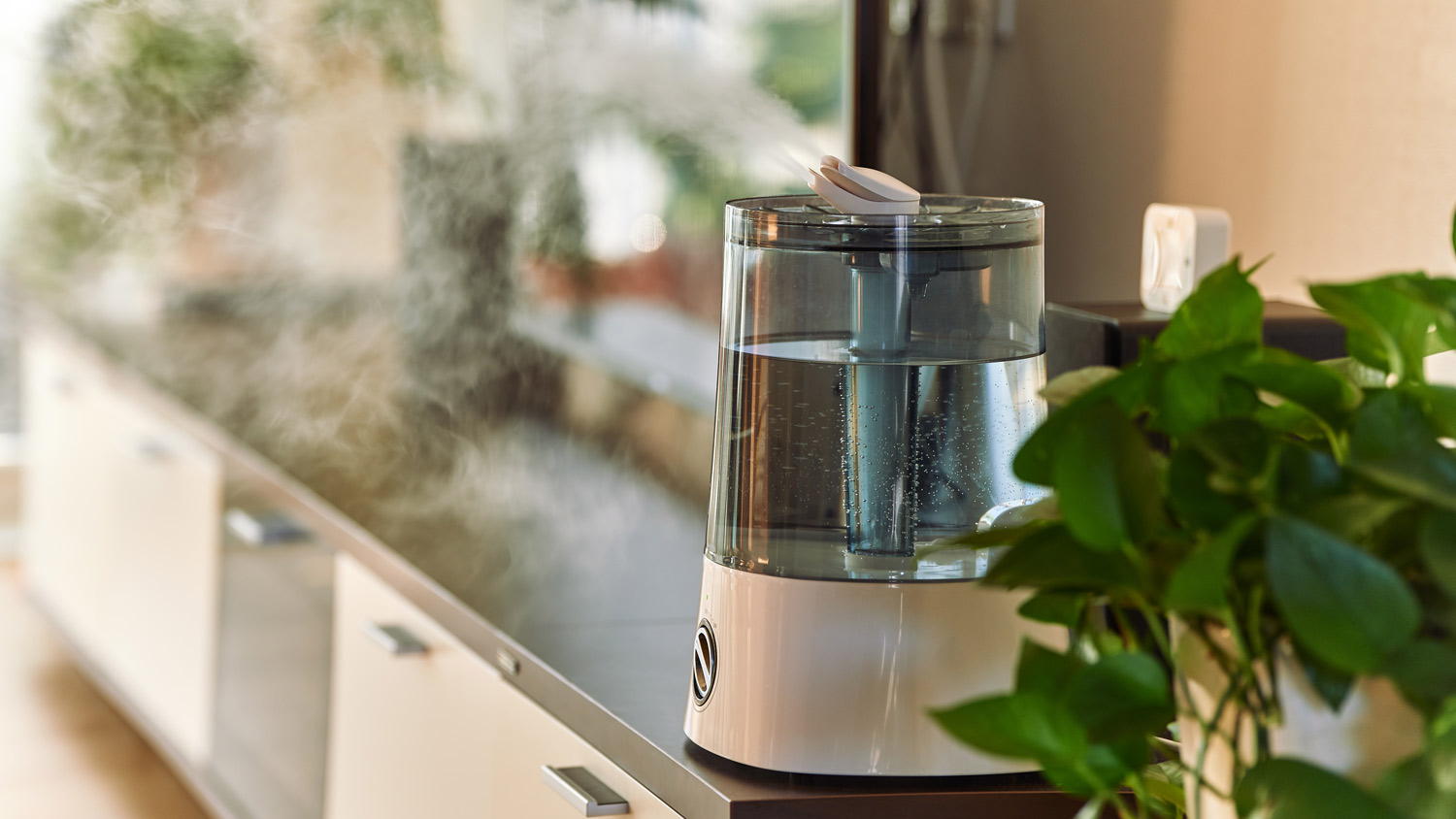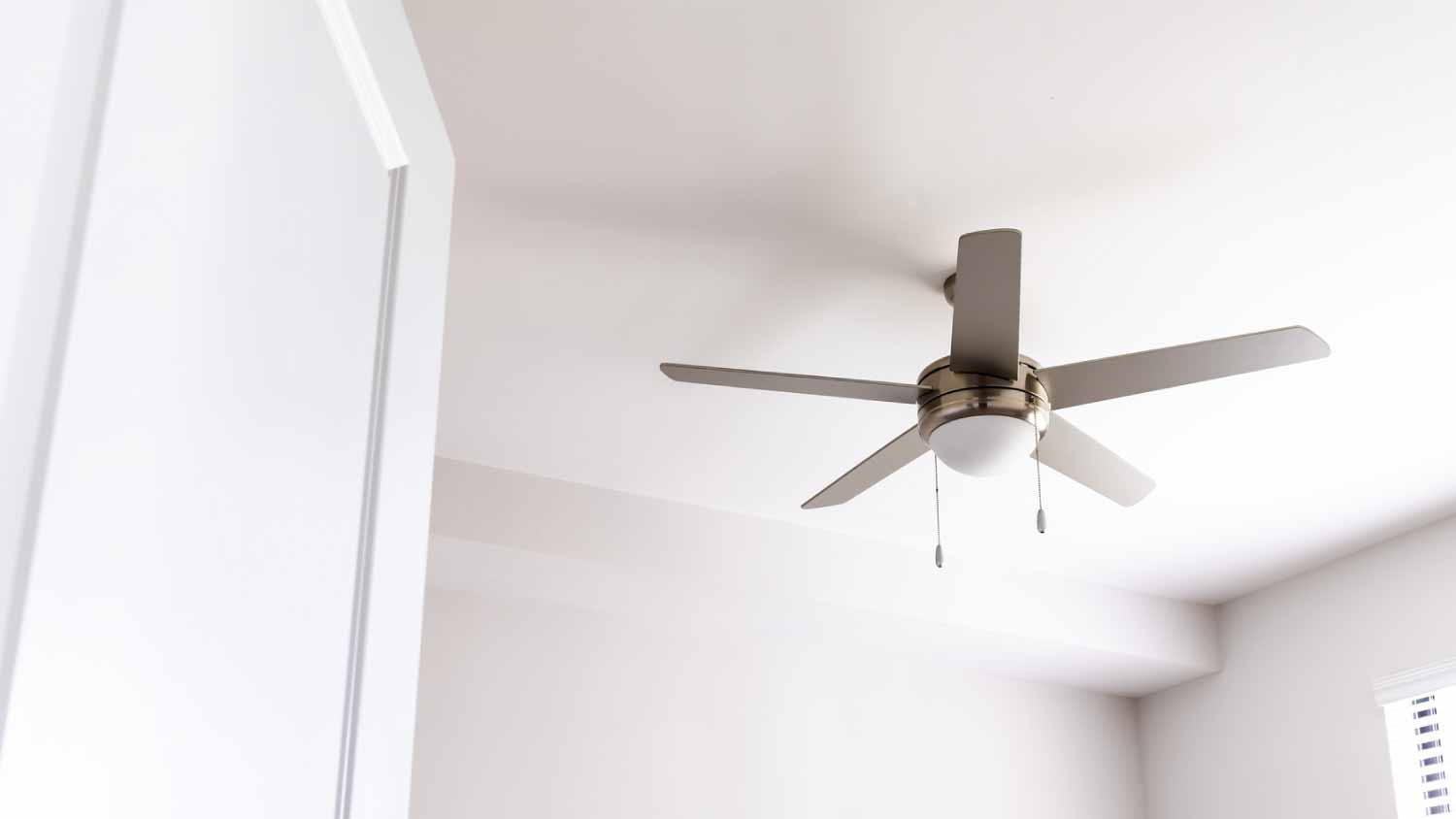How to Measure Humidity in Your Home With and Without a Hygrometer
A hygrometer is the easiest way to measure your home’s humidity, but it’s not your only option


Like so many things in life, your home’s humidity level requires balance. Too low and your home’s dry air may irritate your sinuses and your houseplants. If it’s too high, you’re more likely to deal with mold, bacteria, and moisture damage. Luckily, it doesn't have to be a guessing game: We cover how to keep humidity in check below.
Methods of Measuring Humidity Levels
There are a few methods to measure humidity, all of which have varying levels of accuracy. A hydrometer is your best bet, and only costs you less than $20 and a trip to the hardware store.
1. Use a Hygrometer

One of the easiest ways to test your home's humidity level is to head to the hardware store and purchase a hygrometer or indoor humidity monitor. A hydrometer measures the amount of water vapor in the air, and typically shows your indoor humidity relative to the indoor room temperature.
It’s recommended that you place a hygrometer in a living room or bedroom to get the most accurate reading. Avoid placing them in kitchens and bathrooms, as the temperature fluctuations from running ovens or showers won’t give you an accurate reading. In general, you’re looking for a reading between 30 and 40%.
2. Calculate Using a Wet and Dry Bulb Thermometer

If you don’t have a hygrometer on hand, you can create a homemade one with a few supplies. This does require you to have two different types of mercury thermometers on hand, as well as a fan. The thermometers you’ll need are:
Dry-bulb: A standard glass thermometer
Wet-bulb: A standard thermometer with a wet cloth wrapped around the base
The dry-bulb will act as the standard air temperature in the room. The wet-bulb will show the humidity level. Once ready, place the thermometers in front of a fan for five minutes and then write down the temperature on each of the thermometers. Finally, subtract the dry-bulb from the wet-bulb temperature and use the difference to find the relative humidity in the table below
For example, if the temperature difference between the two bulbs is 6 and your dry-bulb read 72 degrees Fahrenheit, then your relative humidity is 73%.

3. Perform an Ice Cube Test
This is a simple way to see the humidity in your home, but won’t give you a precise reading. Fill a glass of water and a few ice cubes, then let it sit on a counter or table for five minutes. If condensation forms on the outside of your glass, the humidity is high. If there is no condensation, then there is lower humidity in the room.
What’s the Ideal Humidity Level for a Home?
The ideal indoor humidity level in a home is between 30 and 50%. This is especially important for humidity levels in a basement, which are extra prone to mildew and mold. This can sometimes vary based on outdoor temperature, especially if you live in a high-humidity place. Use this helpful table to determine the ideal humidity:
| Outdoor Temperature (in degrees Fahrenheit) | Max Indoor Humidity (in Percent) |
|---|---|
| 20 – 40 | 40 |
| 10 – 20 | 35 |
| 0 – 10 | 30 |
| -10 – 0 | 25 |
| -20 – -10 | 20 |
| -20 – lower | 15 |
Benefits of Regulating Humidity
There are several benefits to maintaining the correct humidity indoors, including:
Better health: Humidity keeps your nasal passages and throat moist, preventing dry, irritated sinuses that can spark illness.
Avoid mold and mildew: If your humidity setting is too high, you’ll create a damp environment where mold and mildew thrive.
Protect furnishings: A low-humidity environment can cause wood furniture to dry out and crack.
Save on energy bills: Moisture will make your home feel cooler, allowing you to set the thermostat one or two degrees cooler in the summertime.
If Your Humidity Level Is Too Low

Whether it’s your hygrometer or just your instincts telling you that your home’s humidity levels are too low, humidifiers can help immensely. You can hire a local humidifier installer to set one up for you—invest in a whole-house humidifier for maximum effect. If you choose to install a humidifier system, be sure to turn it off during humid summer months.
If you're not able to purchase a humidifier at this time, there are other ways to humidify your indoor air naturally. For instance, try dispersing shallow dishes of water throughout your home to help boost the humidity level. You can also leave the door open when you shower and before you empty your dishwasher too. Oh, and green thumbs rejoice: houseplants are an excellent way to humidify your home as well.
If Your Humidity Level Is Too High
Humidity and water go hand-in-hand. To prevent your home from turning into a swamp, there are a few ways you can lower the humidity in your house.
Cook with covered pots so that steam doesn’t flow into your house.
Take cooler, shorter showers.
Reduce the amount of plants in your home, as photosynthesis can increase humidity levels.
Improve the ventilation in your home by opening windows, using exhaust fans, and leaving doors open throughout the house for better air circulation.
Focus on rooms with appliances that create moisture, like washers, dryers, stoves, and showers.
It’s understandable if you want to cut costs during the summer by leaving your AC off, but note that this can cause humidity levels to jump. Unfortunately, whole-house fans won’t help the situation, as these won’t remove humidity from the air as your HVAC system does. Try to run your AC at least a few times a week to keep levels at bay.
If your home’s humidity remains high no matter how hard you try to lower it, consider investing in the cost of a whole-house dehumidifier. You can contact an HVAC technician near you to learn more about your options.
"High humidity in your home creates an ideal environment for mold and bacteria to thrive, increasing the risk of respiratory issues and illnesses spreading among family members. It can also lead to structural damage, such as warped wood and peeling paint, while making the air feel sticky and uncomfortable. Managing humidity levels with proper ventilation and dehumidification helps protect your home and supports a healthier living environment."
—Ryan Osterkamp, Owner of Quality Comfort, Cincinnati, OH
Why Is It Important to Check Humidity Levels?
With humidity, you're looking for that sweet spot in your home. It's important to check humidity levels to ensure your household remains comfortable, prevent the growth of mold, and improve indoor air quality. You can't fix what you don't measure, after all.
Monitoring your home's humidity levels lets you correct issues before they cause extensive damage.
Frequently Asked Questions
You can check your home's humidity in a few ways. A simple option is to use a hygrometer, which you can find at a hardware or big box store. Your smartphone may also have an app that can measure humidity. Modern thermostats, particularly smart thermostats, are also able to measure humidity levels.
Several apps are available for the iPhone that claim to measure the humidity in your home. However, to get the most accurate results, you'll most likely need a separate piece of equipment with a built-in hygrometer to use your iPhone to check room humidity. For example, the HomePod smart speaker has a humidity sensor, so you can use it to track humidity levels with your iPhone.
A hygrometer makes it easy to measure humidity, but it's not the only way to do it. Other options include the ice cube test described above or using two different thermometers. You can also try using physical clues to give you an idea of the relative humidity in your home. For example, mold growth or condensation on your windows are signs that the humidity inside is too high. Dry skin or furniture indicates that the humidity is too low.





- Furnace Repair
- Air Conditioning Repair
- HVAC Repairs
- Furnace Installation
- Wood & Pellet Stove Repair
- Dehumidifier & Humidifier Repair
- Heat Pump Companies
- Swamp Cooler Repair
- Wood Stove Services
- HVAC Companies
- Commercial A/C Repair
- Geothermal Installation
- Air Conditioning Installation
- Boiler Repair
- 24 Hour Furnace Repair
- Geothermal Repair
- Heat Pump Repair
- Humidifier Installation
- Thermostat Repair
- Thermostat Installation
- Nest Installation
- Heating & Cooling
- Heating Repair
- Furnace Cleaning
- Furnace Tune-Up
- HVAC Technicians
- Subcontractors
- Furnace Maintenance
- Plumbing & Heating Companies
- Wood Stove Inspection
- Mini Split Installation
- Wall Heater Repair
- Duct Installers
- The Ideal Indoor Humidity Level for Your Home
- What Should the Humidity Be in a Basement?
- What Is the Best Temperature to Set Your Air Conditioner to in the Summer?
- 9 Tips for Preventing Mold After Water Damage
- 7 Things to Consider When Choosing a Basement Dehumidifier
- How to Prevent Mold Growth in Every Area of Your Home
- Breathe Easy: 10 Tips for Improving Your Indoor Air Quality
- 11 Home Heating Mistakes You Didn't Know Were Costing You
- Condensation on Ductwork: Causes and Potential Solutions
- 11 Handy Tips and Tricks to Help With Your Next Home Project










